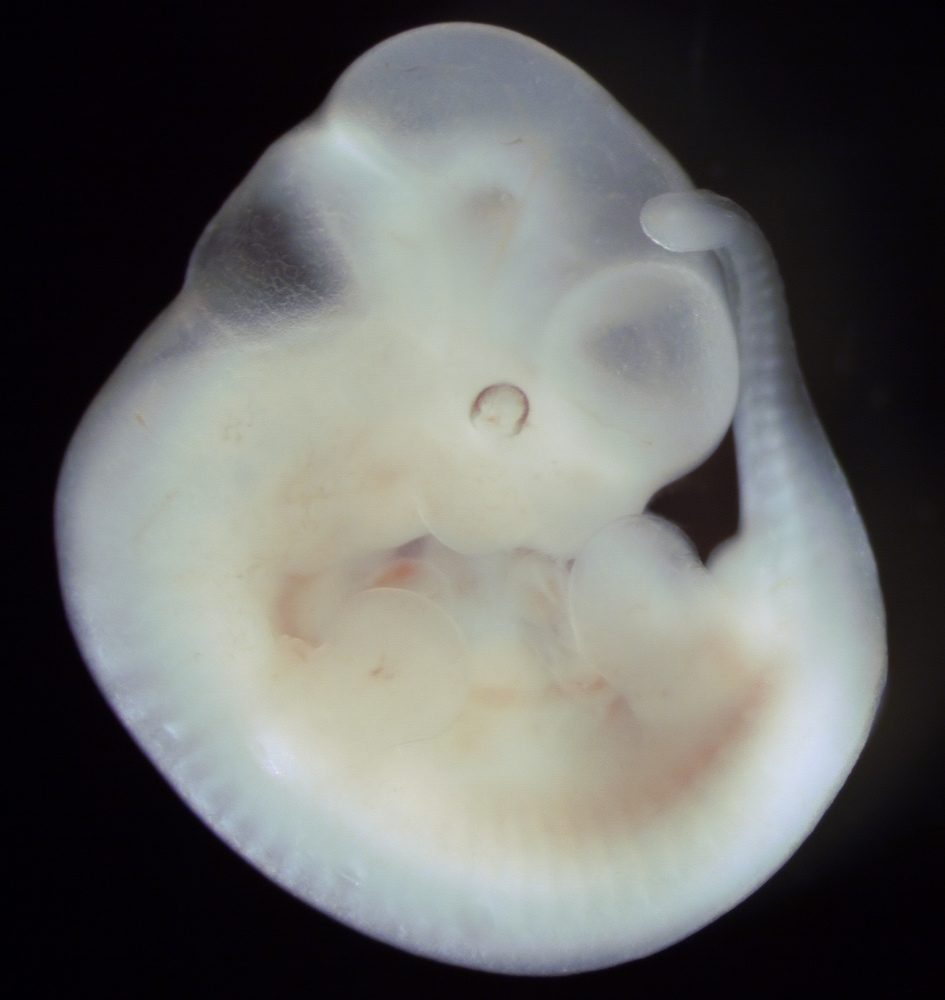Genetic Network Identified Regulating Motor Neuron Formation in Embryo’s Development

Researchers have uncovered the gene network regulating the transition of progenitor cells into motor neurons during the development of embryos, using chicken and mice as models.
The study also sheds light on why these neurons develop faster in the embryo compared to other nerve cells.
The findings may help researchers develop motor neurons from stem cells in the lab for diseases like ALS or spinal muscular atrophy (SMA).
“This study provides an unprecedented detailed view of how embryos produce the different cell types found in the mature spinal cord,” Bennett Novitch, the study’s co-lead author and a member of the Broad Center of Regenerative Medicine and Stem Cell Research at UCLA, said in a press release.
“The new experimental techniques we used, combined with collaborative efforts of biologists and computer scientists, are allowing us to gain new insight into the exquisite accuracy of embryonic development,” said Novitch, also UCLA’s Ethel Scheibel Professor of Neurobiology.
The study, “Olig2 and Hes regulatory dynamics during motor neuron differentiation revealed by single cell transcriptomics,” was published in the journal PLOS Biology.
Neural progenitors are the cells that, during the embryonic development of the spinal cord, will lead to the different types of nerve cells (neurons), including motor neurons. These are the cells that control muscle movement and become damaged in SMA.
Researchers had known for long that different types of neurons in the spinal cord develop at different speeds in the embryo, with motor neurons developing faster. Why this happened and how was unknown.
Now, researchers analyzed around 200 cells in the process of becoming neurons. They analyzed each cell individually, looking specifically at the gene expression, an analysis made possible by performing single cell transcriptional profiling.
Researchers developed a computer algorithm to understand how gene expression changes during the process of becoming a motor neuron.
The analysis found that a single gene expressed by the neural progenitor cells that will give rise to the motor neurons, called Olig2, helps this transition – from a progenitor cell into a motor neuron – by suppressing the level of Hes genes, namely Hes1 and Hes5. The Hes genes were previously found to block the development of neurons.
Using mouse and chicken embryos, researchers confirmed the role of Olig2 in promoting motor neuron formation by increasing or blocking Olig2 levels in the embryos’ spinal cords and during neuron formation in mouse embryonic stem cells.
“During embryonic development, the nervous system is constructed following a precise blueprint, with key parts forming at precise times and places, and appropriate numbers. Our research sheds light into how this process is orchestrated specifically for motor neuron development,” Novitch said.







